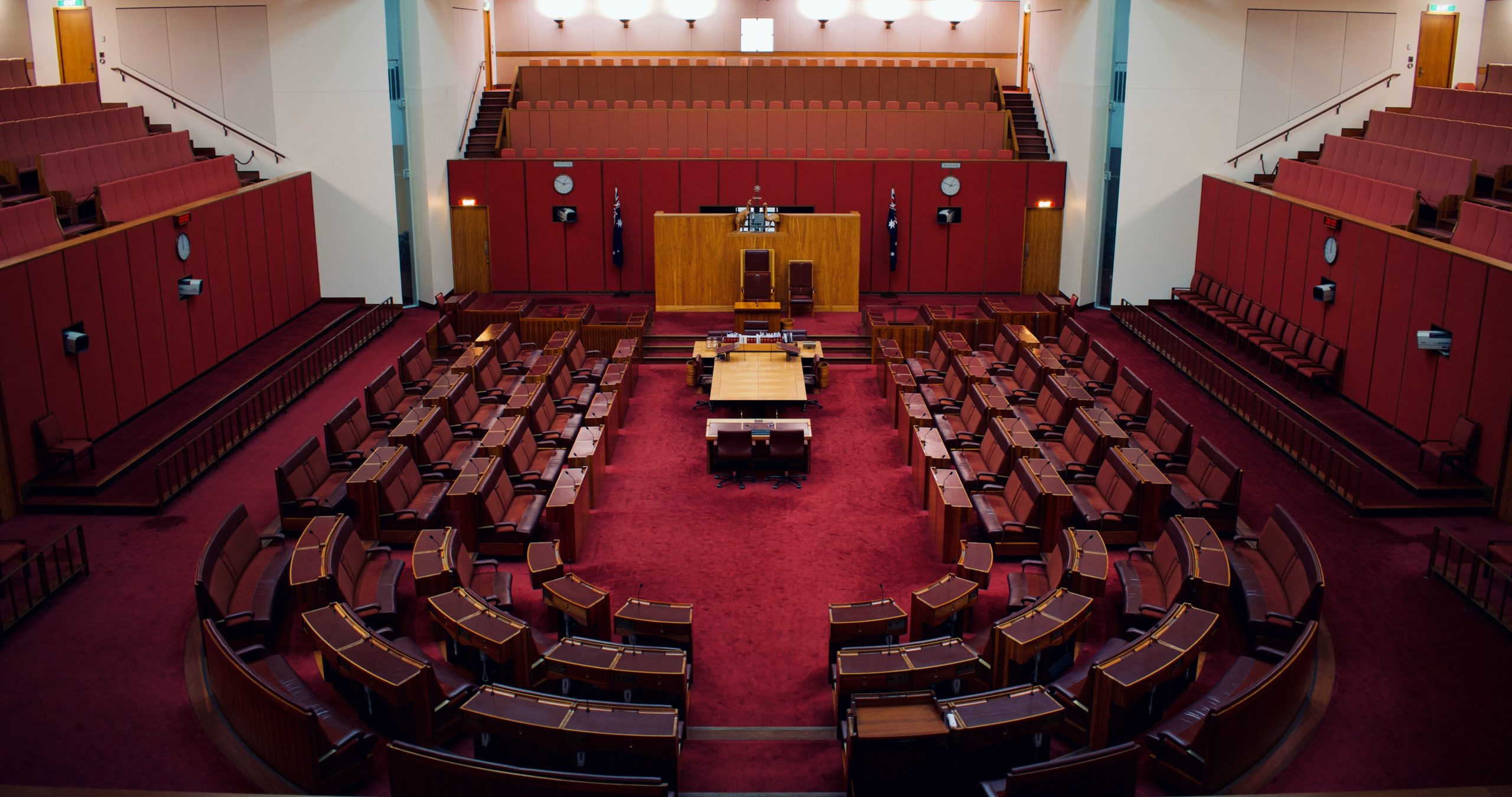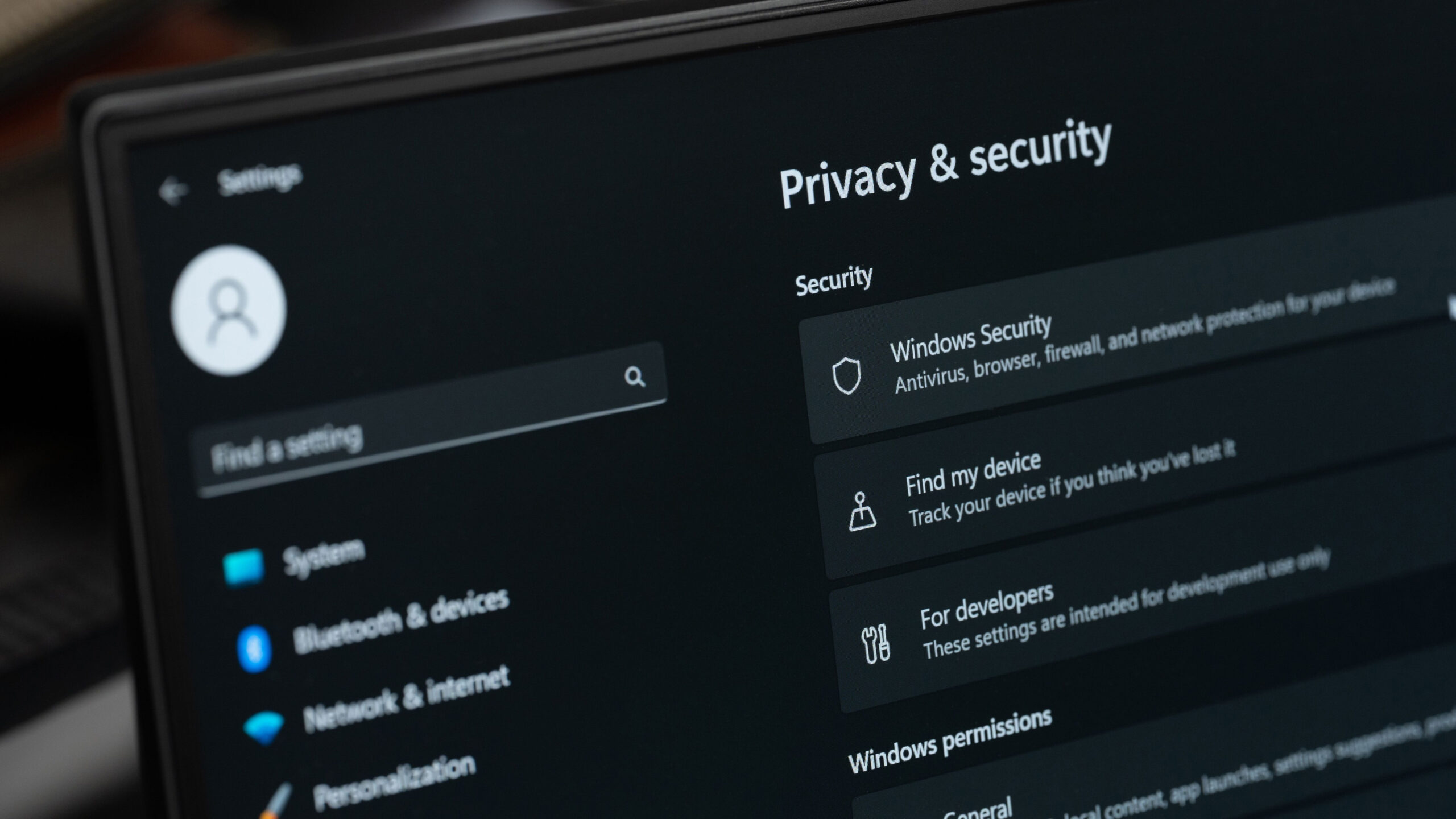Four Takeaways From the Senate Judiciary Section 512 Hearing

Tuesday’s hearing in the Senate Judiciary Subcommittee on Intellectual Property on Section 512 of the Digital Millennium Copyright Act (“DMCA”) provided a clear indication that Chairman Tillis and the content industry seek to replace the notice-and-takedown framework with “notice-and-staydown”, as explained below. This is one of four main takeaways from the Section 512 hearing. Other takeaways involve the debate surrounding the impact of Section 512 on individual creators, the generational divide in opinions on Section 512, and the Section 512(a) safe harbor.
1. Notice-and-Staydown
In his opening statement, Chairman Tillis stated his opinion that the notice-and-takedown system is “failing badly” and allowing piracy to run rampant. He expressed his belief that fixing the current framework is not enough, and that Congress may have to design an entirely new system. Chairman Tillis referenced a letter he and Senator Leahy had sent to the Copyright Office, asking what type of system does it think “best balances the interests of curbing online infringement while also providing certainty to service providers.” In particular, the Senators asked the Copyright Office what it thought of notice-and-staydown. Likewise, the four witnesses representing the entertainment industry also advocated adoption of a notice-and-staydown framework as necessary to address the problem of online infringement.
In contrast, the witnesses supporting Section 512 pointed to problems with notice-and-staydown, which inevitably involves filtering. Jon Berroya, interim president of Internet Association (“IA”), observed in his written testimony that while large platforms already use filtering technologies, “a legislative mandate to employ such systems would risk slowing their development, place particular strain on smaller OSPs, and risk affecting legitimate content and free speech.”
Abigail Rives, IP Counsel at Engine, stated in her written testimony:
[F]ilters have many inherent limitations which make them incapable of fully addressing online infringement. Filtering technology is imperfect, with often high false positive rates. It is categorically incapable of answering fact-specific questions of infringement, like fair use, licensing, and the exclusion of unprotectable ideas. But these filters are also out of reach for most startups. The most sophisticated tools are so expensive that the development costs are orders of magnitude above what a startup could afford. Off-the-shelf tools, which cannot screen much content on a multimedia platform, are also too expensive for early-stage companies to license and maintain. All filters are limited in the type of content they screen. And for many types of content, there are no filters. Finally, technology is easily circumvented. Users intent on uploading infringing content can easily modify files to avoid the filters.
Meredith Rose, Policy Counsel at Public Knowledge, noted in her written testimony that although various kinds of errors can occur throughout a filtering process,
users are most frequently affected by “false positives” — situations in which the algorithm incorrectly identifies content they have uploaded as infringing. Three common points of failure are errors in the [reference file] database; erroneous flagging of content that does not match the reference file; and content that matches the reference file and is owned by the claimant, but constitutes a legal use of the content.
Rose added, “because they operate automatically, these algorithms have the remarkable power to almost instantaneously erase speech — including political speech, education, news, and speech which supports the livelihoods of millions of creators who derive their primary income via platforms with algorithmic content matching.”
Significantly, the Copyright Office in its recent Section 512 Report specifically declined to recommend notice-and-staydown and other solutions adopted in other jurisdictions, such as “site-blocking.”
There are important reasons to proceed cautiously when considering any of the proposed international solutions. While the Office has received submission from thousands of rightsholders, users, OSPs, academics, and others arguing for or against adoption of the international models below, much of the evidence is anecdotal or conflicting. The Office still has relatively little data on how well these international regimes are working in practice, or even how a notice-and-staydown requirement will ultimately be implemented in the European Union. To make the most informed decision possible, it will be necessary for Congress to consider many factors beyond simply the copyright law—questions of economics, competition policy, fairness, and free speech, to name but a few. It is the opinion of the Office that the international approaches discussed below should be adopted, if at all, only after significant additional study, including evaluation of the non-copyright implications they would raise.
2. Individual Creators
The hearing was also noteworthy in its focus on the perceived adverse impact of the notice-and-takedown system by some individual creators. Previous discussions of Section 512 typically have included representatives of the motion picture industry and the record labels complaining that the infringement enabled by the safe harbors has led to the loss of U.S. jobs. But now that we are in what IA’s Jon Berroya termed a “Golden Age” of content creation, where the Internet generates large profits for media companies by the lawful global distribution of copyrighted works, the U.S. jobs argument rings hollow. Accordingly, Section 512 critics have pivoted to the travails of the independent creators whom the Internet has allegedly left behind. The rightsholder witnesses at the hearing included musician Don Henley of the Eagles, author Douglas Preston, composer Kerry Muzzey, and photographer Jeff Sedlik.
In contrast, the four witnesses supporting Section 512 referred to the many individual creators who have benefited from the low-cost disintermediated distribution facilitated by the Internet. Dave Hensen with Duke University Library, for example, discussed in his written testimony how Duke faculty and students post online thousands of articles and video materials each year. For these creators, the “primary aim is to get as many people to read and engage with the ideas we are sharing to help increase our collective understanding of the world around us, and of each other.”
The Copyright Office in its report joined in the pivot to the individual creator. Thus, the Office stated that while it “is mindful of those creators who have been able to leverage new technologies to their benefit, their economic success does not provide comfort to the many other creators who have seen their livelihoods impacted drastically by ongoing infringement of their works online and for which they can achieve no relief.” The Office implies that more individual creators are harmed by the new technologies than benefited by them. In fact, the opposite is the case.
3. Generational Divide
The rightsholder witnesses—all well-established in their fields—expressed concern that Section 512 was antiquated and would deter young people from becoming professional artists. They completely ignored the reality that the Internet has removed distribution barriers, making it easier for people of diverse backgrounds to create and disseminate works, both as amateurs and for financial gain, than at any point in human history—as pointed out by the testimony of the Section 512 supporters. Even the Copyright Office report acknowledged that the platforms enabled by Section 512 allow new artists “to find an audience without having to first convince a third party that there is a demand for what they do.”
4. The Section 512(a) Safe Harbor
In the past, rightsholders have raised objections to the Section 512(a) safe harbor available to Internet access providers. Unlike the Section 512(c) and (d) safe harbors for hosting and linking, which require compliance with the notice-and-takedown system, Section 512(a) does not impose a similar obligation. Accordingly, rightsholders have been frustrated that Internet access providers have not had to employ more measures to prevent user access to peer-to-peer networks and off-shore “pirate” sites. Some rightsholders have advocated adoption of site-blocking requirements, which would apply to Internet access providers. The Copyright Office in its Section 512 report, however, cautioned against adoption of this approach as of questionable effectiveness and implicating free speech concerns. Conversely, the Office did suggest tightening Section 512’s provisions relating to the adoption and implementation of repeat infringer policies.
Interestingly, the hearing completely ignored Section 512(a), and instead focused entirely on the notice-and-takedown framework in Section 512(c) and (d). It is unclear why the Subcommittee shows more interest in restricting the safe harbor for providers of “edge” services than providers of Internet access. It could be the recent decision imposing $1 billion in damages on Cox for its failure to terminate the subscriptions of P2P file sharers convinced the Subcommittee that 512(a) requires no amendment. Or it could be that because of the mergers between NBCUniversal and Comcast, and AT&T and Time-Warner, the entertainment industry is placing less pressure on the Subcommittee concerning Section 512(a).
The next hearing in the Subcommittee’s series of hearings reviewing the DMCA is scheduled to occur in July.








